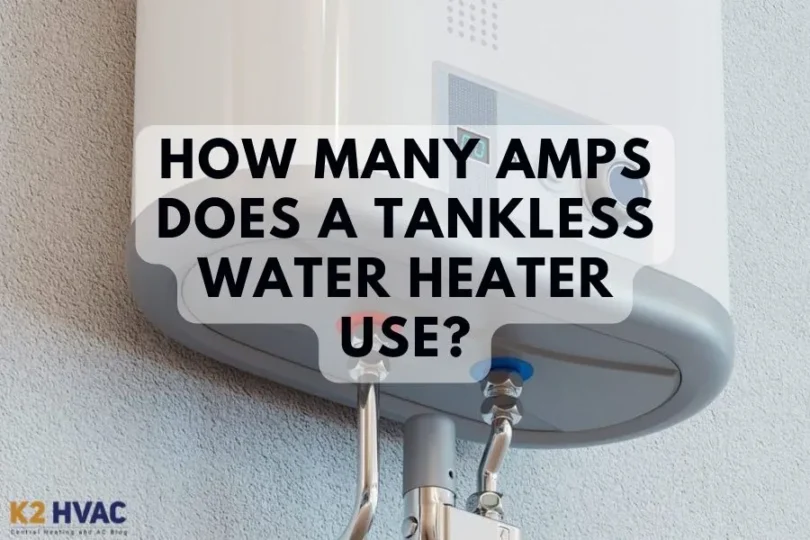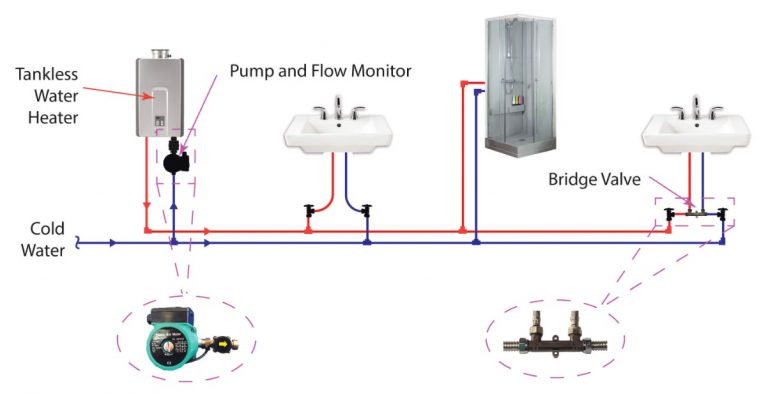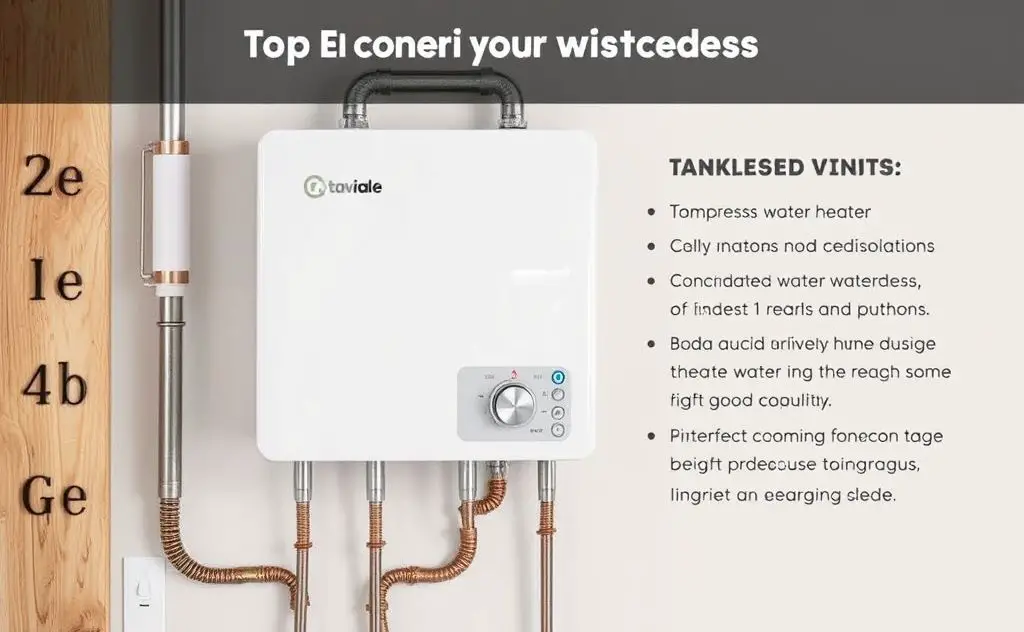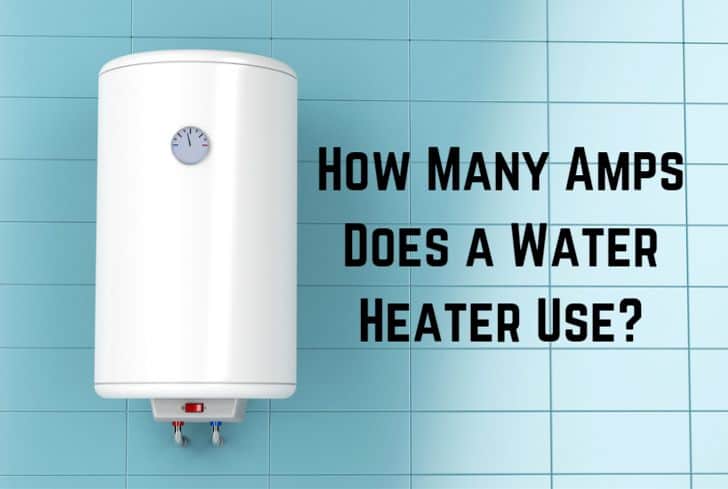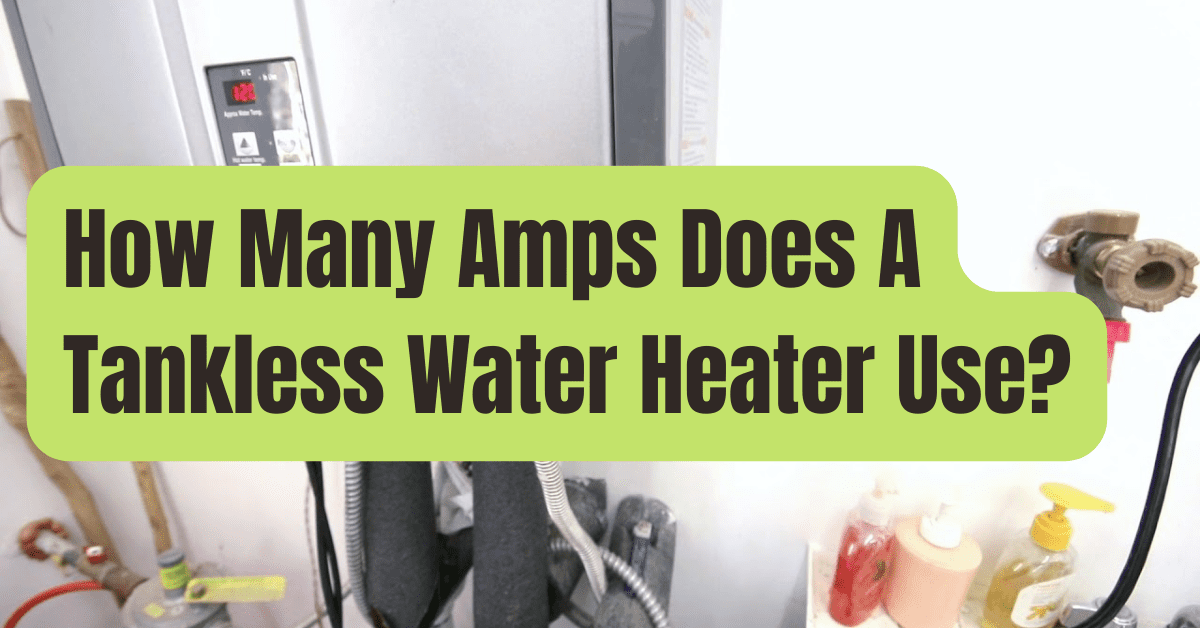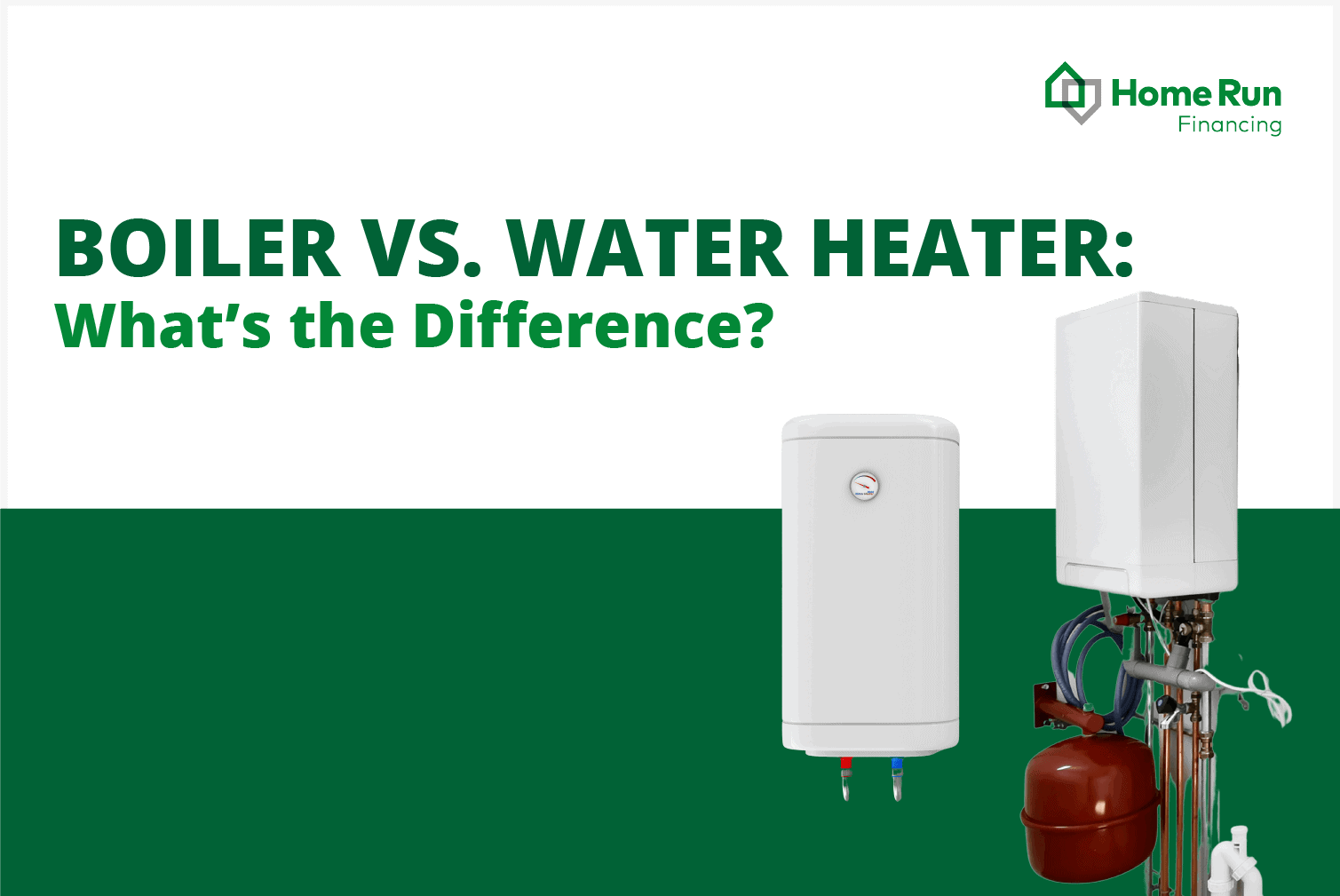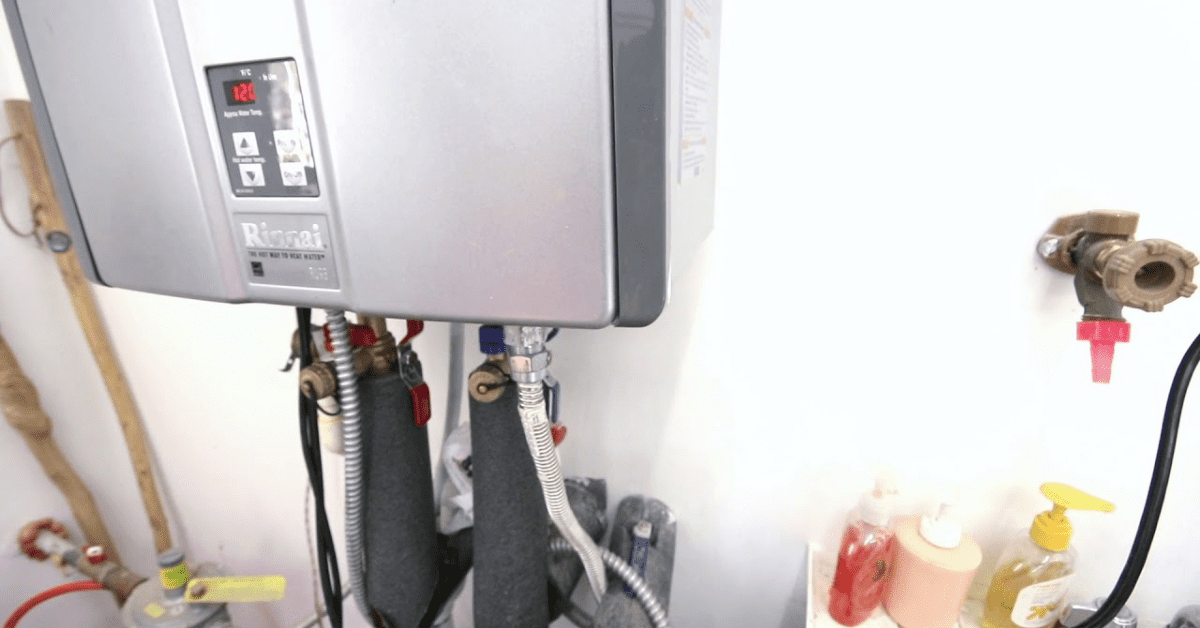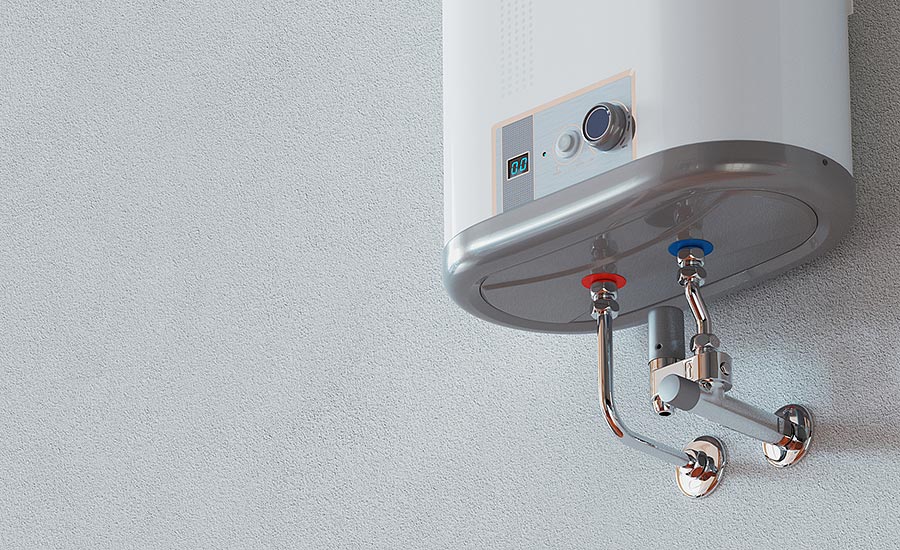How Many Amps Does A Water Heater Use

Understanding Water Heater Amperage: A Homeowner's Guide
Water heaters are essential appliances, providing hot water for everything from showers to dishwashing. But understanding their electrical demands is crucial for safety and efficiency. Knowing how many amps a water heater uses can help you troubleshoot electrical issues, avoid overloading circuits, and even estimate energy costs. This guide will walk you through everything you need to know.
Why Amperage Matters
Amperage, often called "amps," is a measure of electrical current. Every electrical device draws a certain amount of current, and your home's electrical system is designed to handle a specific load. If you overload a circuit by drawing too much current, it can trip a breaker or, in extreme cases, cause a fire. Understanding your water heater's amperage helps prevent these issues.
Determining Your Water Heater's Amperage
The most accurate way to determine your water heater's amperage is to check the nameplate. This is a sticker usually located on the side or near the bottom of the unit. Look for information that includes voltage (V) and wattage (W). Once you have these values, you can calculate the amperage (A) using the following formula:
Amps (A) = Watts (W) / Volts (V)
For example, if your water heater is rated at 4500 watts and operates on 240 volts, the calculation would be:
A = 4500W / 240V = 18.75 Amps
So, the water heater would draw approximately 18.75 amps.
Common Water Heater Voltages and Wattages
Most residential electric water heaters operate on 240 volts. However, some smaller units might use 120 volts. Here's a table showing typical wattage ranges and their corresponding amperage draws at 240V:
- 2500 Watts: Approximately 10.4 Amps
- 3000 Watts: Approximately 12.5 Amps
- 3500 Watts: Approximately 14.6 Amps
- 4000 Watts: Approximately 16.7 Amps
- 4500 Watts: Approximately 18.75 Amps
- 5500 Watts: Approximately 22.9 Amps
Remember, these are just estimates. Always refer to the nameplate on your specific water heater for accurate information.
Troubleshooting Electrical Issues Related to Amperage
If you're experiencing problems with your water heater, such as tripped breakers, it's essential to diagnose the issue correctly. Here are some common problems and how they relate to amperage:
1. Tripped Breakers
This is the most common symptom of an amperage overload. The breaker is designed to protect the circuit from drawing too much current. If the breaker trips repeatedly when the water heater is in use, it could indicate several problems:
- Overloaded Circuit: The circuit might be sharing too many appliances. Try moving other devices to different circuits.
- Faulty Heating Element: A damaged heating element can draw excessive current.
- Wiring Issues: Loose or corroded wiring can increase resistance and cause the amperage to spike.
- Undersized Breaker: The breaker itself might be too small for the water heater's amperage draw.
Safety Tip: Before working on any electrical component, always turn off the power at the breaker box.
2. Flickering Lights
If lights flicker when the water heater kicks on, it could indicate that the water heater is drawing too much current and causing a voltage drop on the circuit. This is often related to an aging electrical system or an overloaded circuit.
3. Warm Wires or Outlets
Warm wires or outlets near the water heater are a serious safety concern. It indicates excessive current flow and potential insulation breakdown. Immediately turn off the breaker and call a qualified electrician.
4. Water Heater Not Heating
While a lack of hot water isn't always related to amperage, it can be a symptom of a faulty heating element that's drawing insufficient current or no current at all. Use a multimeter to test the heating element's continuity.
DIY Troubleshooting Steps (With Caution)
Here are some basic troubleshooting steps you can take, but always prioritize safety and know your limits. If you're uncomfortable working with electricity, call a professional.
- Check the Breaker: Ensure the breaker is fully switched on and not partially tripped. Reset it if necessary.
- Inspect Wiring Connections: Look for loose or corroded connections at the water heater, the breaker box, and any junction boxes in between. Tighten any loose connections.
- Test the Heating Elements: Use a multimeter to check the continuity of the heating elements. A lack of continuity indicates a faulty element that needs replacing.
- Check Voltage: Verify that the correct voltage is reaching the water heater using a multimeter.
Tools You Might Need
- Multimeter: For testing voltage, continuity, and amperage.
- Screwdrivers: Assorted sizes for accessing electrical components.
- Wire Strippers: For preparing wires for connections.
- Voltage Tester: To ensure circuits are de-energized before working on them.
- Pliers: For gripping and manipulating wires.
- Wrench Set: For tightening connections.
Parts You Might Need
- Heating Elements: Replacement heating elements matched to your water heater's specifications.
- Thermostat: A replacement thermostat if the existing one is faulty.
- Breaker: A new breaker if the existing one is damaged or undersized.
- Wiring Connectors: Wire nuts and other connectors for making safe electrical connections.
When to Call a Professional
While some troubleshooting steps are safe for DIYers, certain situations require a qualified electrician. Call a professional if:
- You're uncomfortable working with electricity.
- You suspect a wiring problem within the walls.
- You need to replace the breaker box.
- You find evidence of burnt wiring or insulation.
- The problem persists after you've tried basic troubleshooting steps.
Ignoring electrical problems can be dangerous. A professional can accurately diagnose the issue and perform repairs safely and correctly.
Estimating Repair Costs
The cost of repairing a water heater electrical issue can vary depending on the problem's complexity and your location. Here are some general estimates:
- Replacing a Heating Element: $100 - $300 (parts and labor)
- Replacing a Thermostat: $80 - $200 (parts and labor)
- Replacing a Breaker: $50 - $150 (parts and labor)
- Rewiring a Circuit: $150 - $500+ (depending on the extent of the wiring)
These are just estimates. Get quotes from multiple electricians to compare prices.
Energy Efficiency and Amperage
While amperage itself doesn't directly translate to energy consumption, it's related. Higher wattage water heaters draw more current and use more energy to heat water. Consider these tips to improve energy efficiency:
- Insulate Your Water Heater: A water heater blanket can reduce heat loss and save energy.
- Lower the Thermostat: Setting the thermostat to 120°F (49°C) is usually sufficient for most households.
- Fix Leaks: Repair any leaks promptly to prevent water waste.
- Consider a Tankless Water Heater: Tankless water heaters only heat water when needed, potentially saving energy. These typically require even larger amperage circuits.
Gas vs. Electric Water Heaters: A Brief Comparison
This article primarily focuses on electric water heaters. Gas water heaters have different electrical requirements. While they do require electricity for the control system and igniter, the amperage draw is significantly lower than electric models. Gas water heaters rely primarily on natural gas or propane for heating.
Conclusion
Understanding the amperage of your water heater is crucial for safety and efficient operation. By following the steps outlined in this guide, you can troubleshoot common electrical issues, avoid overloading circuits, and make informed decisions about repairs. Remember to prioritize safety and call a professional when needed. By taking care of your water heater, you can ensure a reliable supply of hot water for years to come.


